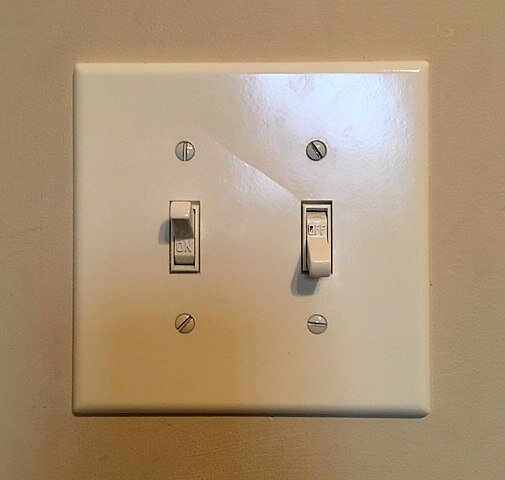#108: Don't take two weeks to arrange accomodations
I have worked at more than one library that has included text like this on their advertisements for upcoming programs: “If you require a disability accommodation to attend this program, contact us at least two weeks before the event.” While it’s great that these libraries wanted to indicate that they were willing to make arrangements, two weeks is a long time. Presumably these libraries wanted to avoid a situation where a patron asked for acomodations at short notice, the library failed to accommodate them, and the patron got mad, but it’s a problematic message. Not only does it set up the expectation that the library will be able to provide accommodation with two weeks’ notice, which may just not be the case, it also suggests to patrons that if the program they would like to attend is less than two weeks away, they are simply out of luck. The reality is that many patrons decide only days before a program that they want to attend, not weeks.
If you have an up-to-date plan and contact list for arranging possible accommodations, it’s likely that you’ll often be able to provide whatever resource is needed with less than two weeks’ of notice, especially if you are mindful when designing programs to be as accessible as possible in the first place. If your library puts a notice like this on your program advertising, consider removing the time frame to show patrons that you’ll work with them whenever they contact you.

